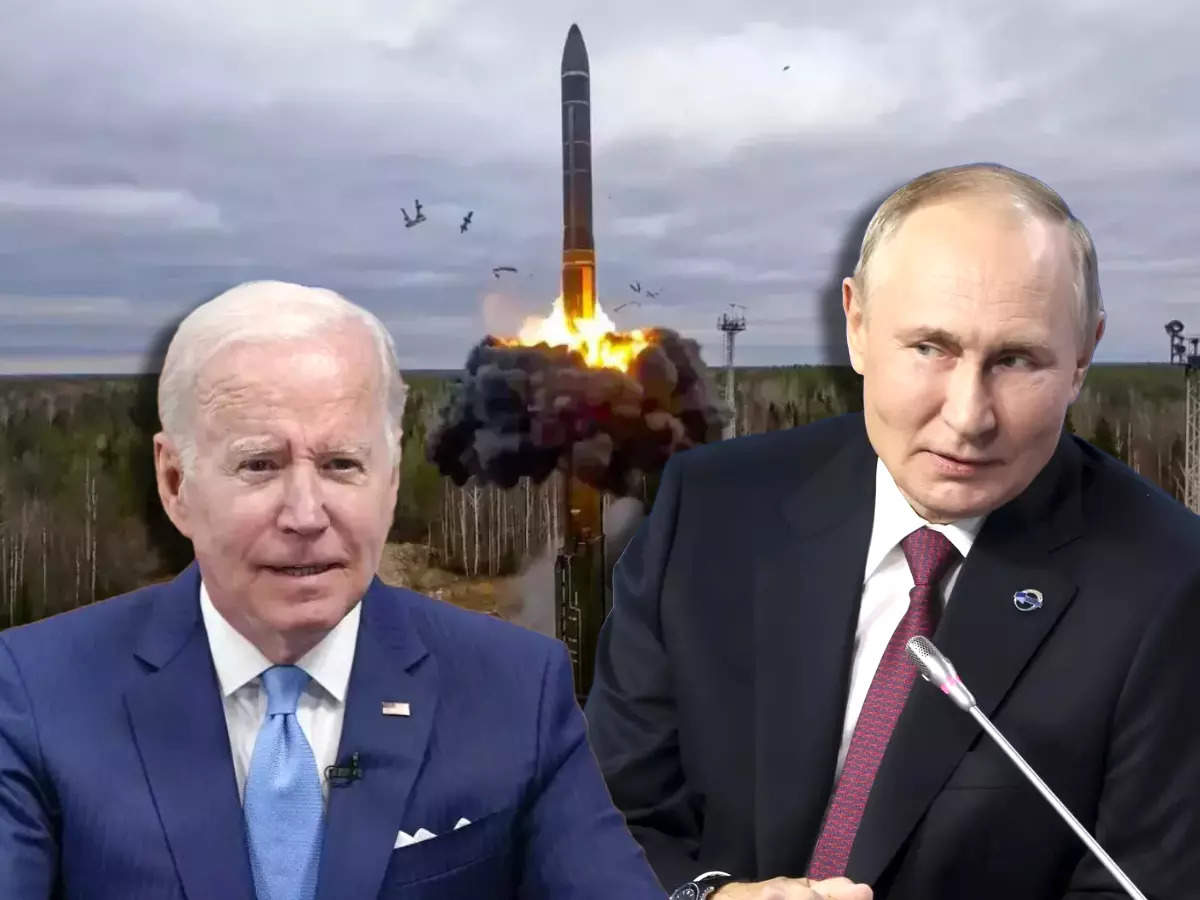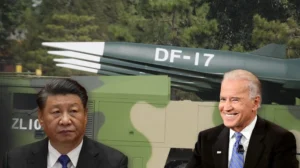The U.S. expressed concerns over Moscow’s alleged development of a space nuke, fearing its detonation could disrupt vital U.S. infrastructure. This development follows a Reuters report suggesting Russia’s space nuke could target satellites crucial for military communications and mobile phone services.
The escalation began when U.S. House Intelligence Committee Chairman Mike Turner warned of a “serious national security threat” posed by Russian space capabilities. President Joe Biden acknowledged Russia’s apparent development of an anti-satellite weapon but downplayed its immediate threat to the U.S. population. However, Bloomberg reports suggest such a weapon could be launched into orbit as early as this year.
Experts caution that the deployment of a space nuke could cause widespread damage, disrupting essential services such as payments, GPS navigation, and weather forecasts.
What are Space Nukes and What Disruption Could They Cause?
Space-based anti-satellite nuclear weapons, or “space nukes,” are designed to damage or destroy satellite systems, whether for strategic military purposes or disruptive aims like disabling civilian telecoms infrastructure. These weapons could be deployed from Earth or space, creating a massive electromagnetic pulse that could destroy satellites and fry electronic systems. While radiation released into Earth’s magnetic field could degrade space-based satellites over time, it is unlikely to cause direct harm to humans.
Despite not being used in warfare so far, China, Russia, and the U.S. have all demonstrated the capability to shoot down their own satellites using these weapons. However, a hostile deployment of such weapons could severely impact the global satellite network, which supports phone and internet networks, televisions, financial services, agricultural systems, and space surveillance.
The specific nature of Russia’s anti-satellite system remains unclear. Analysts believe it is likely to use nuclear energy to disable electronics inside satellites, rather than being a nuclear warhead designed to shoot them down. The potential impact of an attack would depend on the altitude and proximity of the targeted satellite to others in orbit.
How Likely is an Anti-Satellite Attack?
The deployment of a space-based nuclear weapon would signify a significant advancement in Russia’s military capabilities and a serious escalation of geopolitical tensions. The U.S. has voiced concerns that such a system would violate the Outer Space Treaty, which prohibits placing objects carrying nuclear weapons in Earth’s orbit.
In response to vulnerabilities, the U.S. has been adjusting its space architecture strategy, favoring more distributed models with numerous smaller satellites. Despite these efforts, defending against such weapons remains challenging, with no definitive solution in sight.
The threat of nuclear conflict has intensified since Russia’s invasion of Ukraine in 2022, leading to a breakdown in Cold War-era arms control treaties. Putin’s suspension of Russia’s observation of the New START treaty further escalated tensions.
Experts believe that while the use of space nukes remains a possibility, it would likely be a “weapon of last resort” for Russia due to its severe implications. Nevertheless, the growing militarization of space underscores the need for robust defense strategies in this new frontier.
(You can now subscribe to our Economic Times WhatsApp channel)







